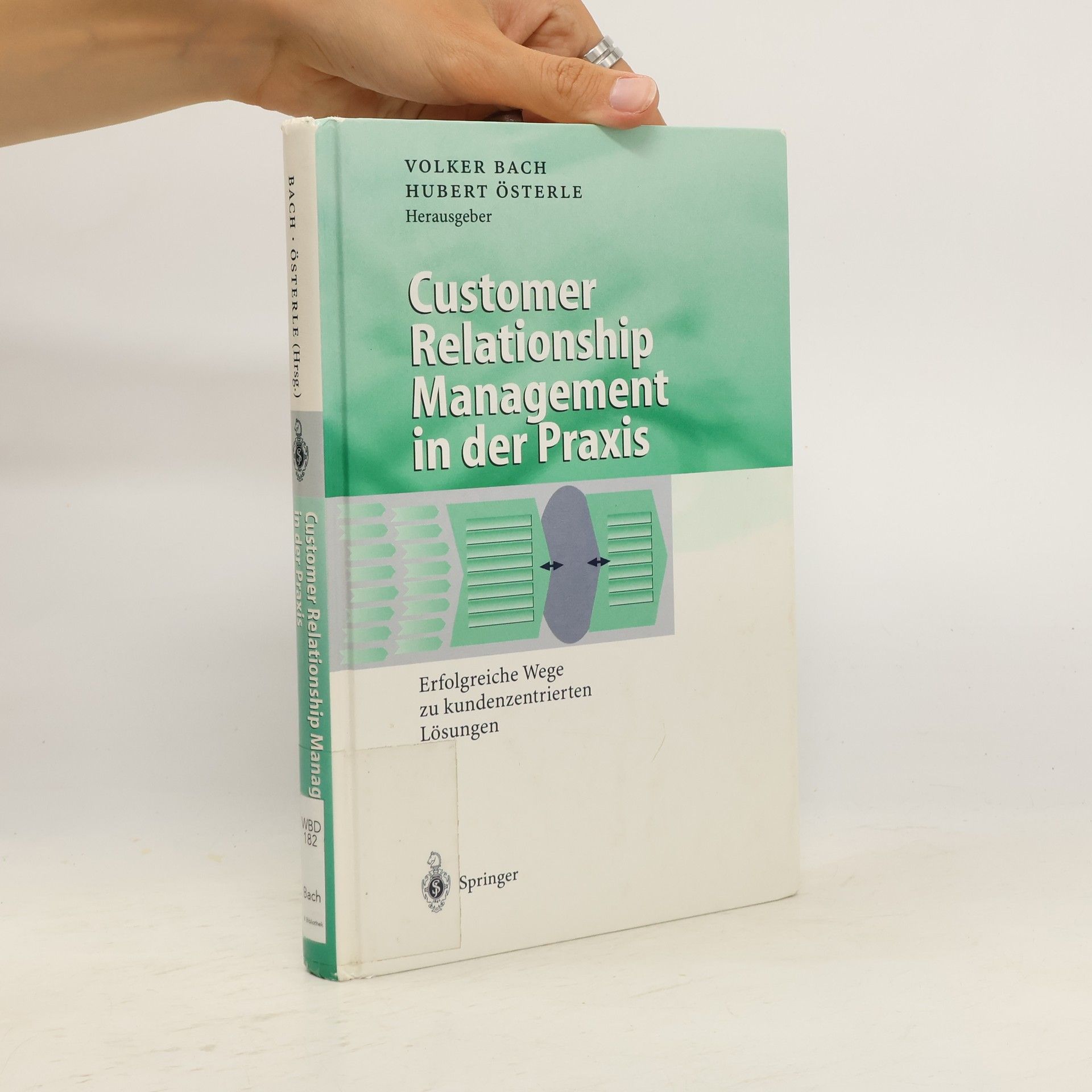Featuring 196 recipes, this groundbreaking cookbook offers a glimpse into 15th-century upper-class German cuisine, showcasing a mix of fascinating, alarming, and delicious dishes. As the first cookbook printed in German, it holds significant historical importance. This edition includes an English translation and commentary on the original 1490 version, making it accessible to both food lovers and history buffs for the first time.
Volker Bach Livres





Customer Relationship Management fasst sämtliche Aktivitäten zusammen, deren Ziel eine verbesserte Kundenorientierung ist. An Praxisbeispielen führender Unternehmen wie Credit Suisse, SAP und Neue Zürcher Zeitung stellen die St. Galler Experten innovative Lösungen vor wie Contact Center, Internet-Communities, Customer Profiling and Multi-Channel-Management. Das theoretische Fundament dazu liefert das St. Galler „Geschäftsmodell im Informationszeitalter“. Prozessportale bilden dabei die Kundenschnittstelle der Zukunft.
Führende Spezialisten aus dem Kompetenzzentrum Business Knowledge Management an der Universität St. Gallen stellen praxiserprobte Ansätze für das geschäftsrelevante Wissensmanagement vor. Fallstudien aus Telekommunikation, Finanzdienstleistung, Beratung und Industrie zeigen, wie Unternehmen durch Wissensmanagement ihre Kundenorientierung, ihre Innovationsgeschwindigkeit und ihren Unternehmenswert erhöhen. Unternehmen erhalten klare Anleitungen, um mit neuen Management-Instrumenten die Wissensentwicklung und -nutzung in Geschäftsprozessen zu optimieren.